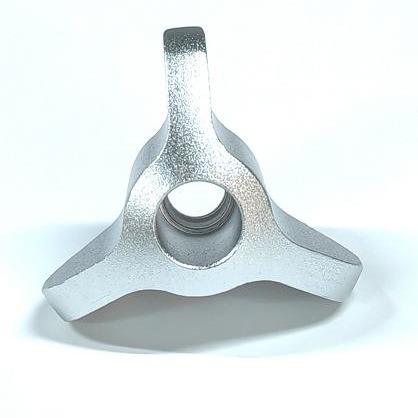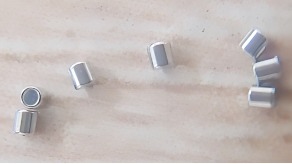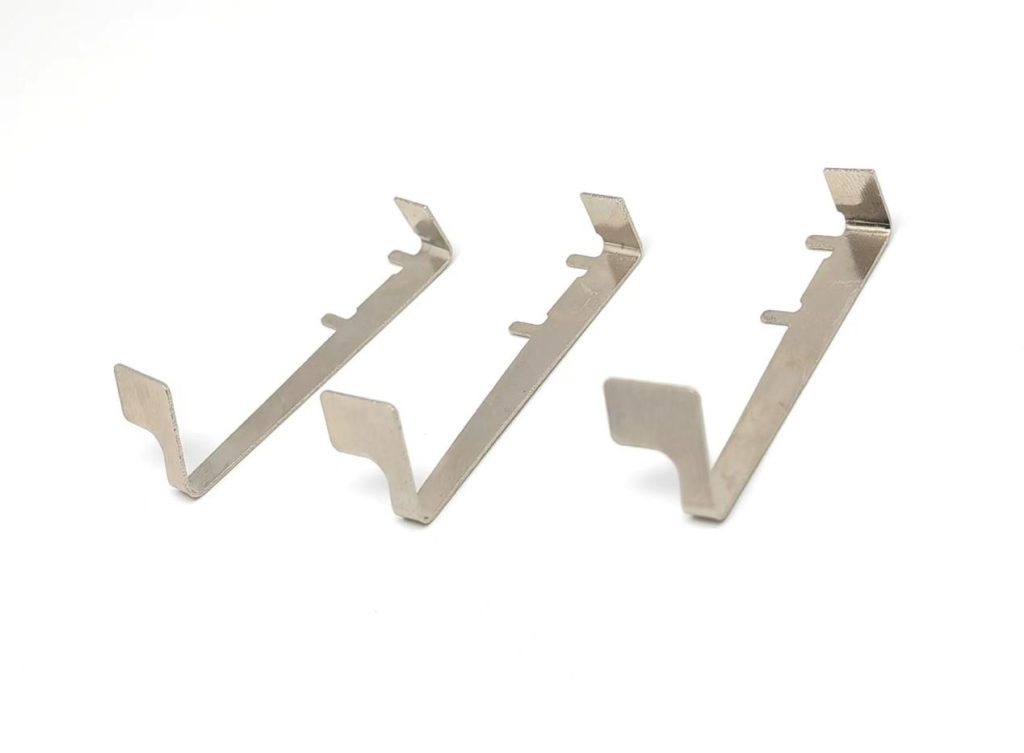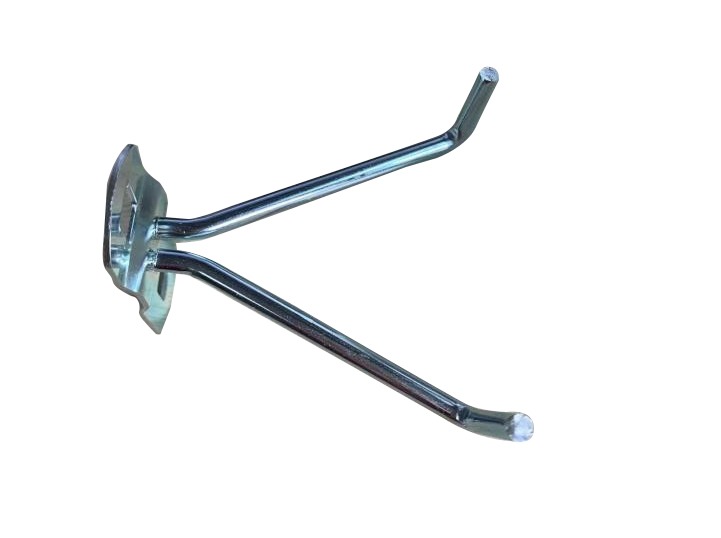For Fasteners, Should You Choose CNC Machining or Stamping?
Hardware such as fasteners can be manufactured in a variety of ways, including metal stamping, CNC machining, and more. Several factors should be considered before deciding to use CNC machining or stamping. Including cost, production speed, processing materials, etc.
Introduction of Metal Stamping
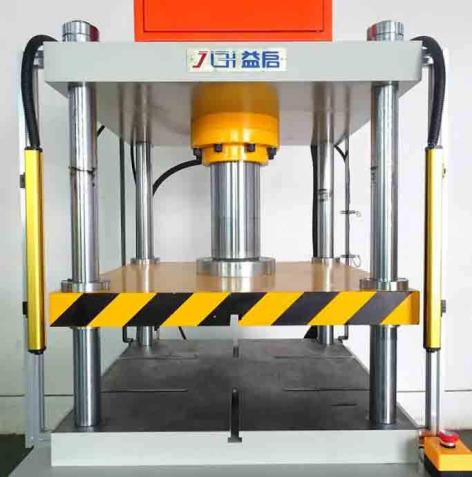
Stamping equipment
Metal stamping refers to the use of punches and dies to deform or break stainless steel, iron, aluminum, copper, and other plates and heterosexual materials to achieve a certain shape and size. It involves the stretch and blanking process of the metal plate in two or three dimensions. The process can also use perforation and other operations.
The following introduces the common technical terms for metal stamping parts.
1. Deep drawing: A stamping process in which raw steel or process parts are changed into hollow parts or the shape and size of hollow parts are further changed. During deep drawing, the hollow part is mainly formed by the flow of material outside the bottom of the punch into the die.
2. Trimming: A stamping process in which the edge of the forming process is trimmed with a metal stamping die to have a certain diameter, a certain height, or a certain shape.
3. Punching: A punching process in which the waste is separated from the material or process piece along the closed contour, and the required hole is obtained in the material or workpiece.
4. Flanging: A stamping process in which the material is turned into a short side standing on the side along the contour curve.
5. Flipping hole: A stamping process in which the material is turned into a side flange along the circumference of the inner hole.
6. Blanking: A stamping process that separates materials along a closed contour. The separated material becomes a workpiece or process piece, most of which are flat.
7. Shaping: a stamping process that relies on the flow of materials to change the shape and size of the process parts in a small amount to ensure the accuracy of the workpiece.
Stamping is a relatively cheap and fast method of production compared to CNC machining. When speed is the most critical consideration, metal stamping is the first choice. But when complex or high-precision shapes are required, CNC machining is more beneficial.
Introduction to CNC Machining
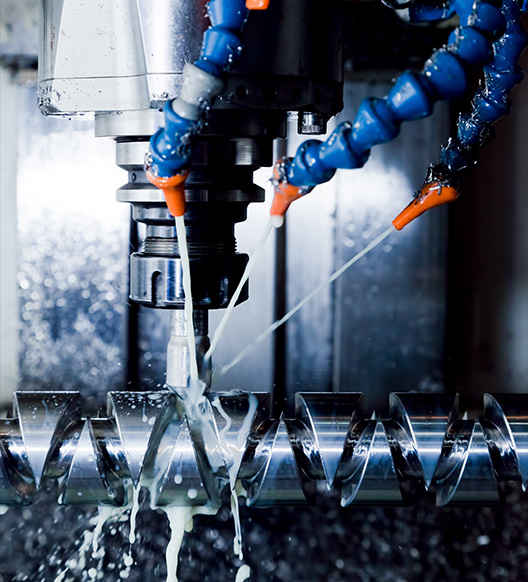
CNC machining is a machining method that uses digital information to control the displacement of parts and tools. It is suitable for the situation of many kinds of parts, small batches, complex shapes, and high precision.
CNC machine tools include axis motion driven by a spindle. A device may contain multiple spindles that receive instructions from a computer program to guide each spindle to give the desired geometry.
CNC machining can provide:
- High precision in tolerance.
- Excellent surface finish, as well as custom finishes.
- Repeatability, even in mass production.
What Factors Should be Considered Before Deciding to Use CNC Machining or Stamping?
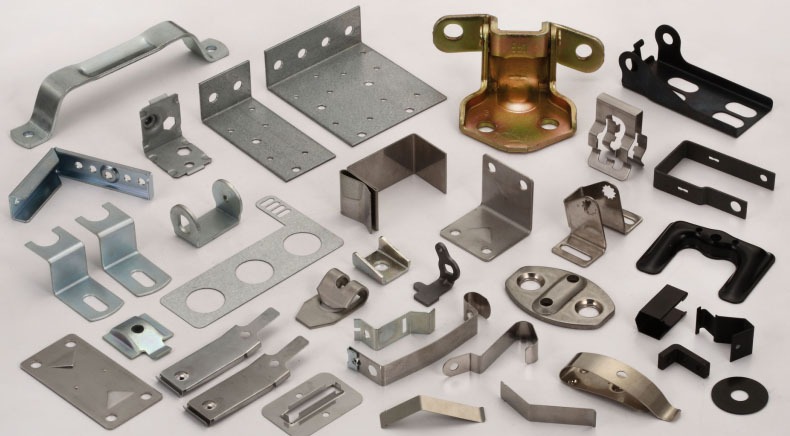
Processing Quantity
Metal stamping is ideal for high-volume production, while CNC machining is relatively low-volume.
Price
CNC machining is expensive and stamping is relatively cheap.
Production Capacity
Compared with CNC machining, metal stamping has a higher production capacity, faster speed, and wider use. While it takes time to get a punch ready for production, when set up correctly, it can run efficiently and correctly.
Production Speed
Metal stamping is the fastest way to produce metal shapes. When the production line is running normally, its production speed is very fast. But metal stamping cannot make the complex, higher-precision parts that CNC machining can make. Stamped parts may require secondary processing before use to achieve higher precision needs.
Production Accuracy
CNC machining provides high precision, and CNC machining benefits several manufacturing industries because its technology is reliable and efficient. CNC machining is the first choice for advanced components that require tight tolerances and extreme precision.
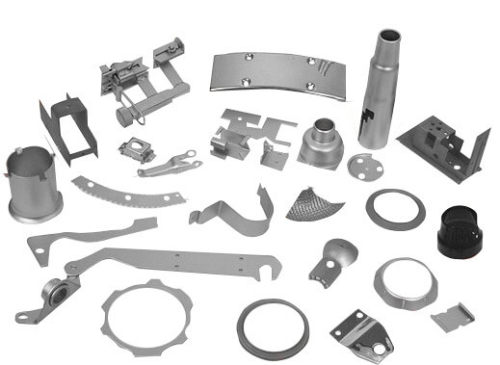
KENENG can provide CNC machining, stamping, injection molding, and other services. KENENG has more than 20 years of design, research and development, and manufacturing history of fasteners, springs, and other lathe parts, stamping parts, battery holders, and coin battery holders. If you are not sure about the service or product that is suitable for you, you can contact us, and professional engineers can propose the most suitable solution for you according to your specific needs.

